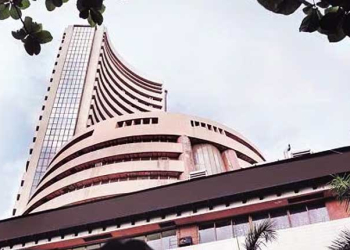Mumbai: Even though India’s inflation has eased, it still remained above the Reserve Bank of India’s (RBI) tolerance band and hence it warrants appropriate policy responses to anchor expectations going forward.
“Easing of supply chain pressures and the recent ebbing of commodity prices are providing some breather from record high inflation,” the RBI said in its monthly bulletin.
Incidence of unseasonal and excessive rainfall, if any, can impact food prices, especially vegetable prices.
Greater transmission of input cost pressures to selling prices across manufacturing and services sectors may also create fresh price pressures. Moreover, persistently elevated cost of living conditions could translate to higher wages and further price increases, especially if pricing power of firms strengthen.
Taking into account these factors, and on the assumption of a normal monsoon in 2022 and average crude oil price (Indian basket) of $105 per barrel, inflation is projected at 6.7 per cent in 2022-23, with Q2 at 7.1 per cent; Q3 at 6.4 per cent; and Q4 at 5.8 per cent, with risks evenly balanced.
CPI inflation for Q1 2023-24 is projected at 5 per cent, the RBI said.
In India supply conditions are improving, with the recent monsoon pick-up, strong momentum in manufacturing and a rebound in services.
Going forward, the onset of festival season should boost consumer demand, including rural, also as sowing activity picks up. Robust central government capital outlays are supporting investment activity.
India’s retail inflation — Consumer Price Index (CPI) — eased to a five-month low of 6.71 per cent in July, down from 7.01 per cent in June. The CPI continued to remain above the RBI’s upper tolerance band of 6 per cent for the seventh consecutive month.
Meanwhile, the bulletin also stated that the consolidated balance sheet of the NBFC sector exhibited double digit growth in the quarter-ending December 2021. The profitability of the NBFC sector improved in Q3 2021-22 compared to the corresponding quarter in 2020-21.
NBFCs continued to provide maximum credit to industrial sector followed by retail, services, and agriculture. The sectoral credit distribution remained largely unchanged in 2021-22 (up to end-December 2021) as compared to end-December 2020. All sectors witnessed high credit growth on account of base effect and resumption of economic activities.
(IANS)


















